Immunoglobulin G Subclasses 1, 2, 3, 4
IgG (Immunoglobulin G)
(Specimen Container)
SST (Tiger Top)
(Transport Temperature)
| Temperature | Period |
|---|---|
| Room temperature | 72 hours |
| Refrigerated | 7 days |
| Frozen | 90 days |
Gross hemolysis
Lipemia
IgG are the most common isotype of Ig and include four subclasses which differ from one another in the following ways: their initial amino acid sequence, their physical and chemical properties and the different serum concentrations reached with age. Every subclass has a specific biological function: the response to proteic antigens is prevalently mediated by IgG1 and IgG3, while IgG2 mediates the response to polysaccharide antigens. It is still unclear whether IgG4 are protective or sensitising antibodies; IgG1 and IgG3 also have a major ability to bind to the cells that mediate the immune response, while only IgG4 activate the complement using an alternative route. Although low levels of IgG subclasses may be temporary, deficiencies are often associated with various diseases: 1) recidivating bacterial infections involving the respiratory and digestive tracts, primarily sustained by capsulated or pyogenic microorganisms; 2) IgA deficiency; 3) absence of immune response following vaccination; 4) allergic or autoimmune diseases; 5) diseases of the CNS. IgG subclass deficiencies must therefore be looked for every time these diseases are diagnosed, also because subjects may benefit from gammaglobulin replacement therapy.
See individual analytes

